Visegrád (Plintenburg in German, Altum Castrum in Latin) is a town first mentioned in year 1009 and former capital of Hungary, from 1323 to 1408. The town is also known for its medieval citadel (Fellegvár or the Upper Castle) and for the historical alliances made here – in 1335 between Bohemia (today’s Czech Republic), Poland and Hungary, but also in 1991 between Czechoslovakia, Poland and Hungary (what is known today as the Visegrád Group). From a touristic and geological viewpoint, the town sits on an ancient volcano that erupted about 15 million years ago, creating the Danube Bend (Dunakanyar), the curve of the Danube in Hungary (flowing from south to north, the river changes direction from east to west). The river follows along the southern edge of the volcano’s caldera, creating a beautiful landscape that can be seen from the castle.
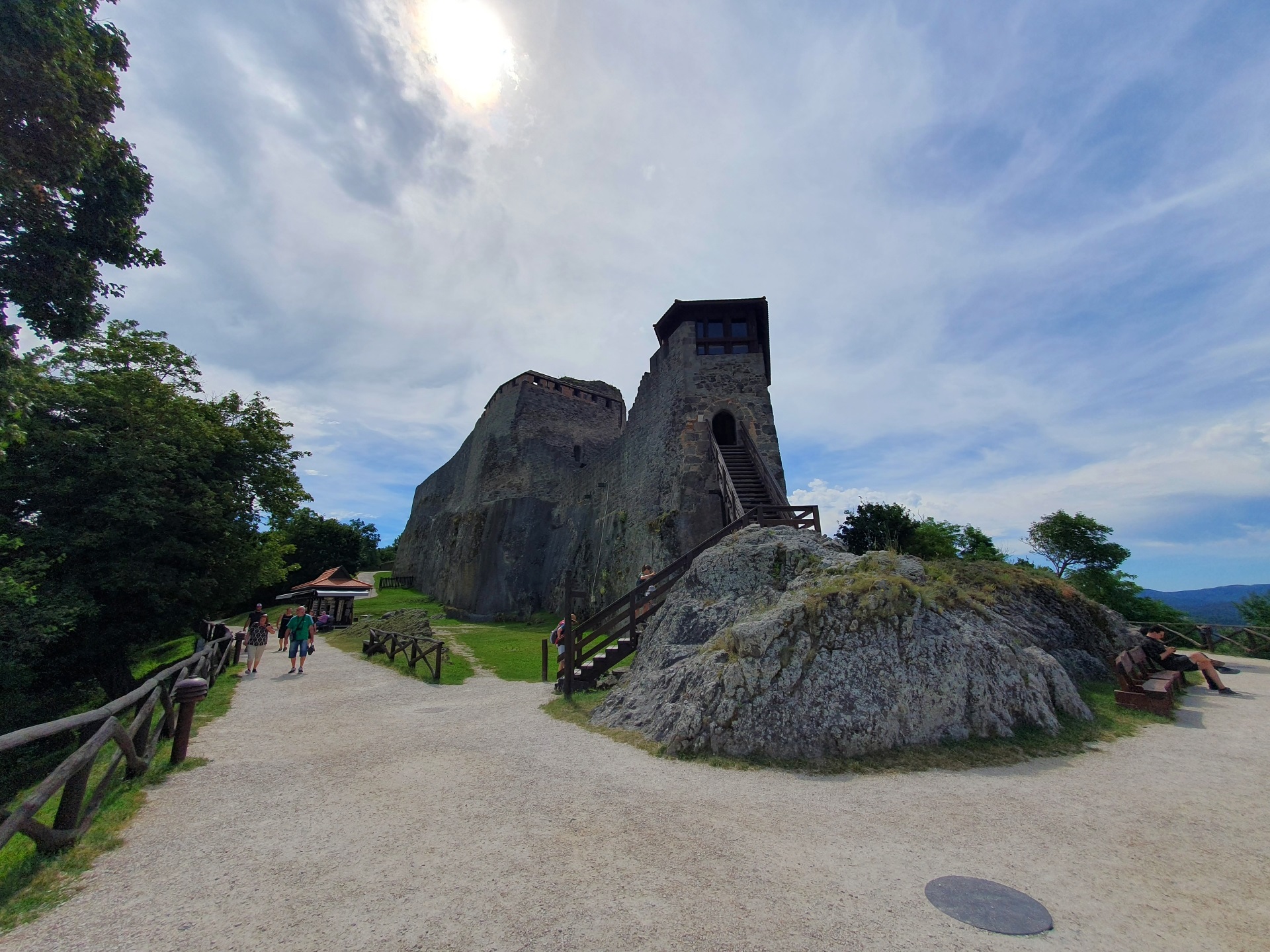
The Visegrád Castle (Visegrádi Vár – Fellegvár).

The north-western tip of the Szentendre Island (Szentendrei-sziget).

Looking towards Kismaros, on the other side of the Danube.
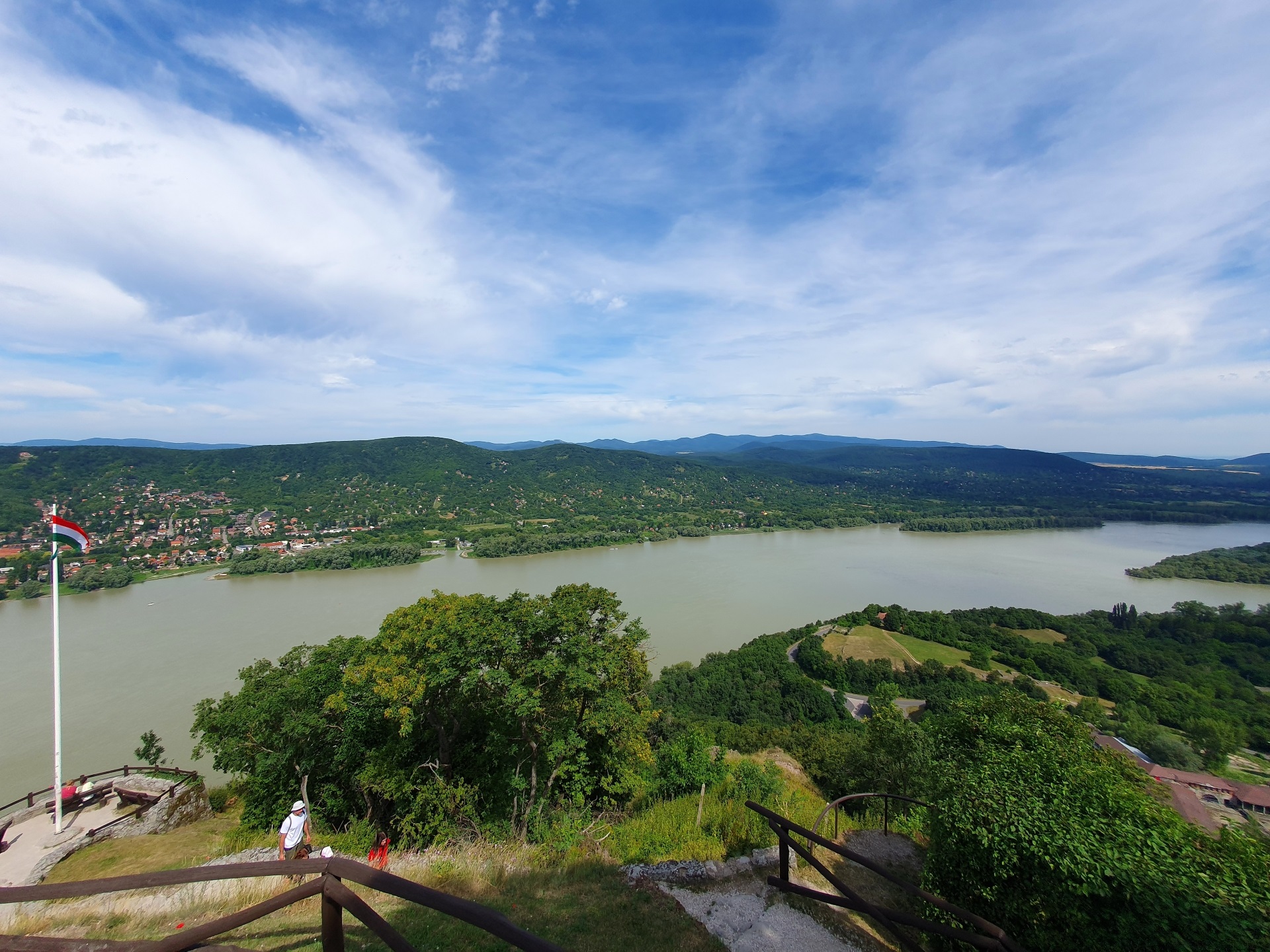
Moving westwards towards Nagymaros, which is the main town opposite Visegrád.
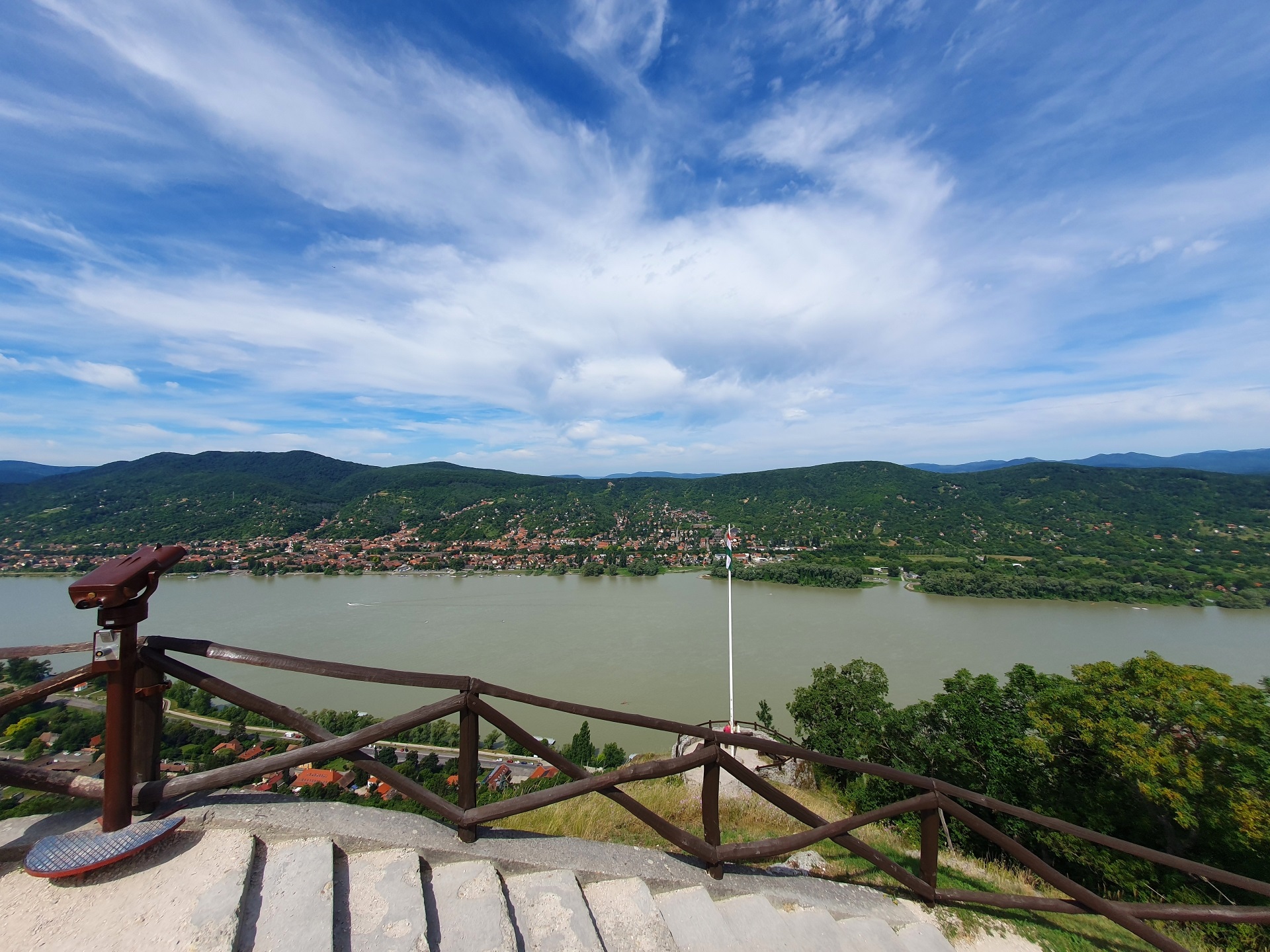
Another view of Nagymaros.
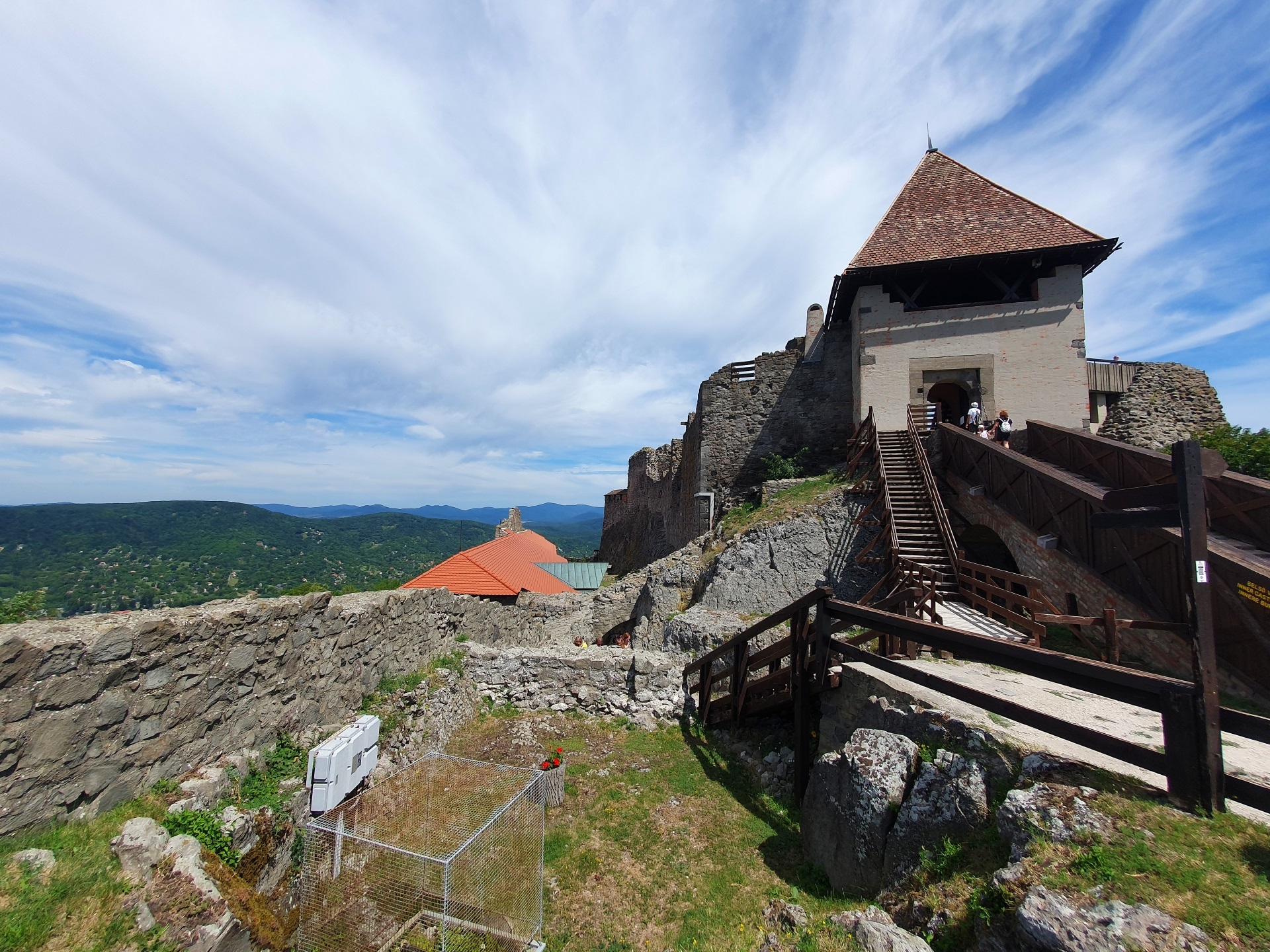
Walking through the fortress.

Various views.
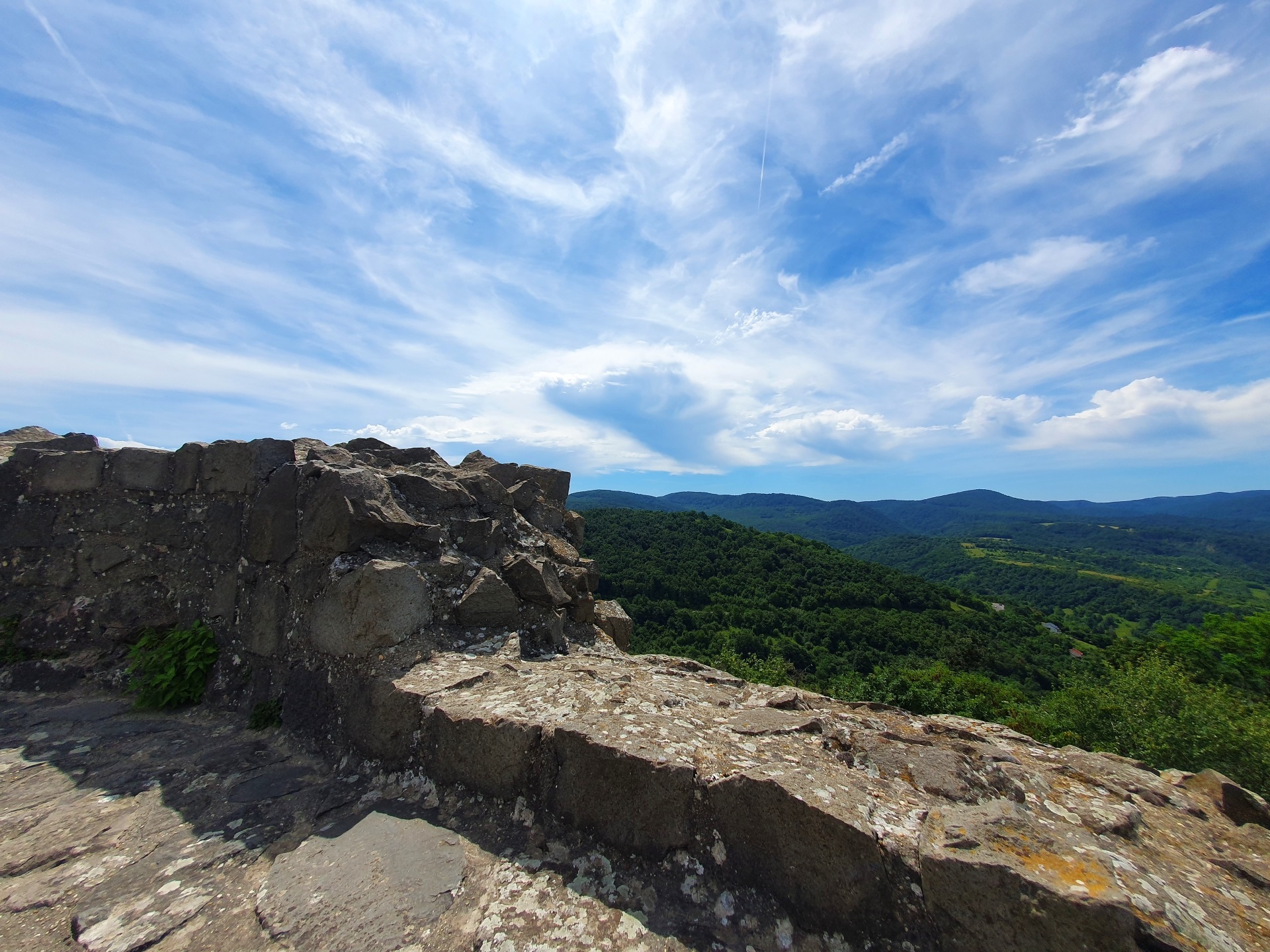
The area is heavily forested.

Switching levels to see more and farther.
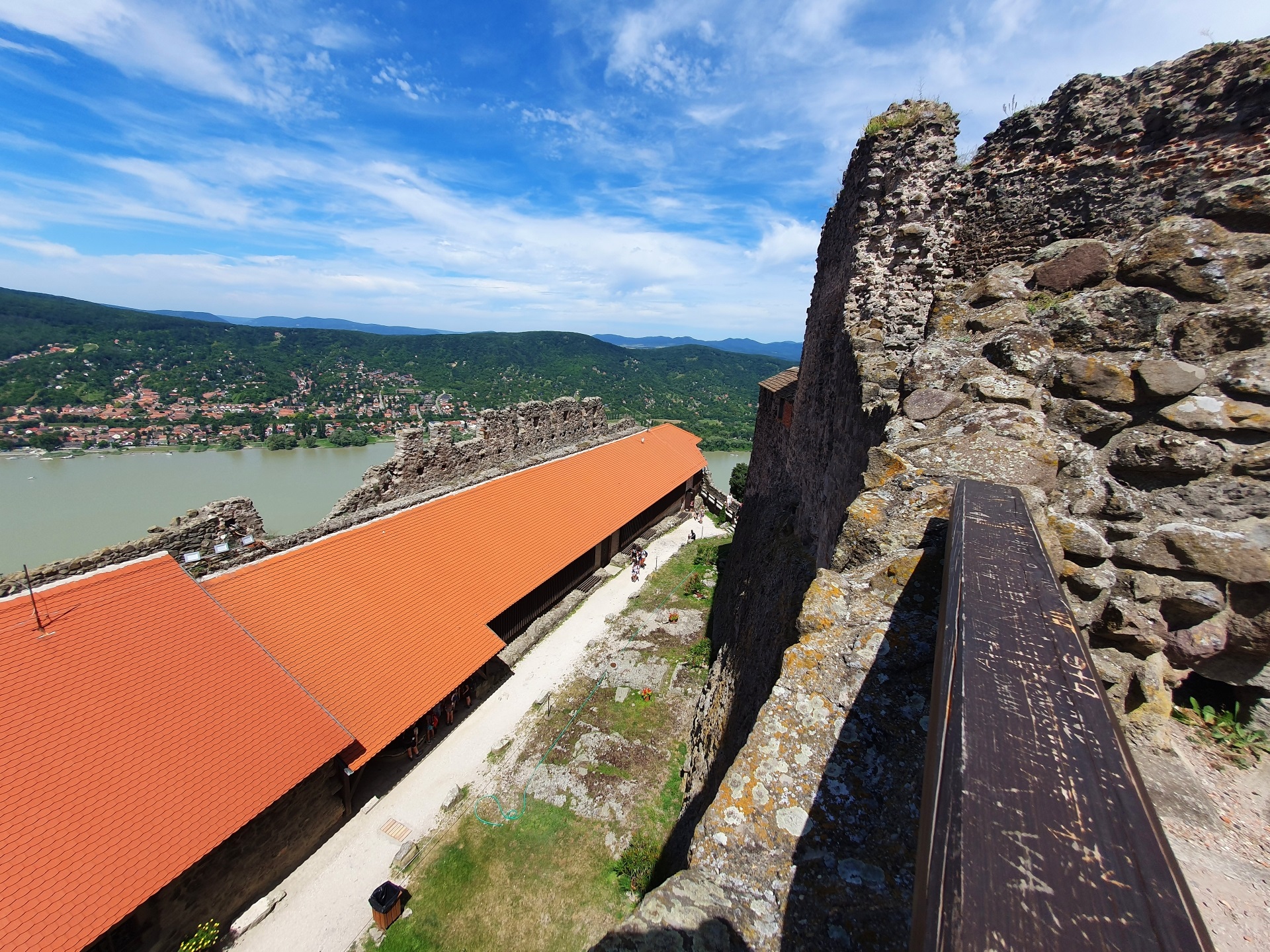
There are all the necessary facilities in the fortress.

Even torture devices, if needed…

The sky was fantastic.

The view towards the south-west.
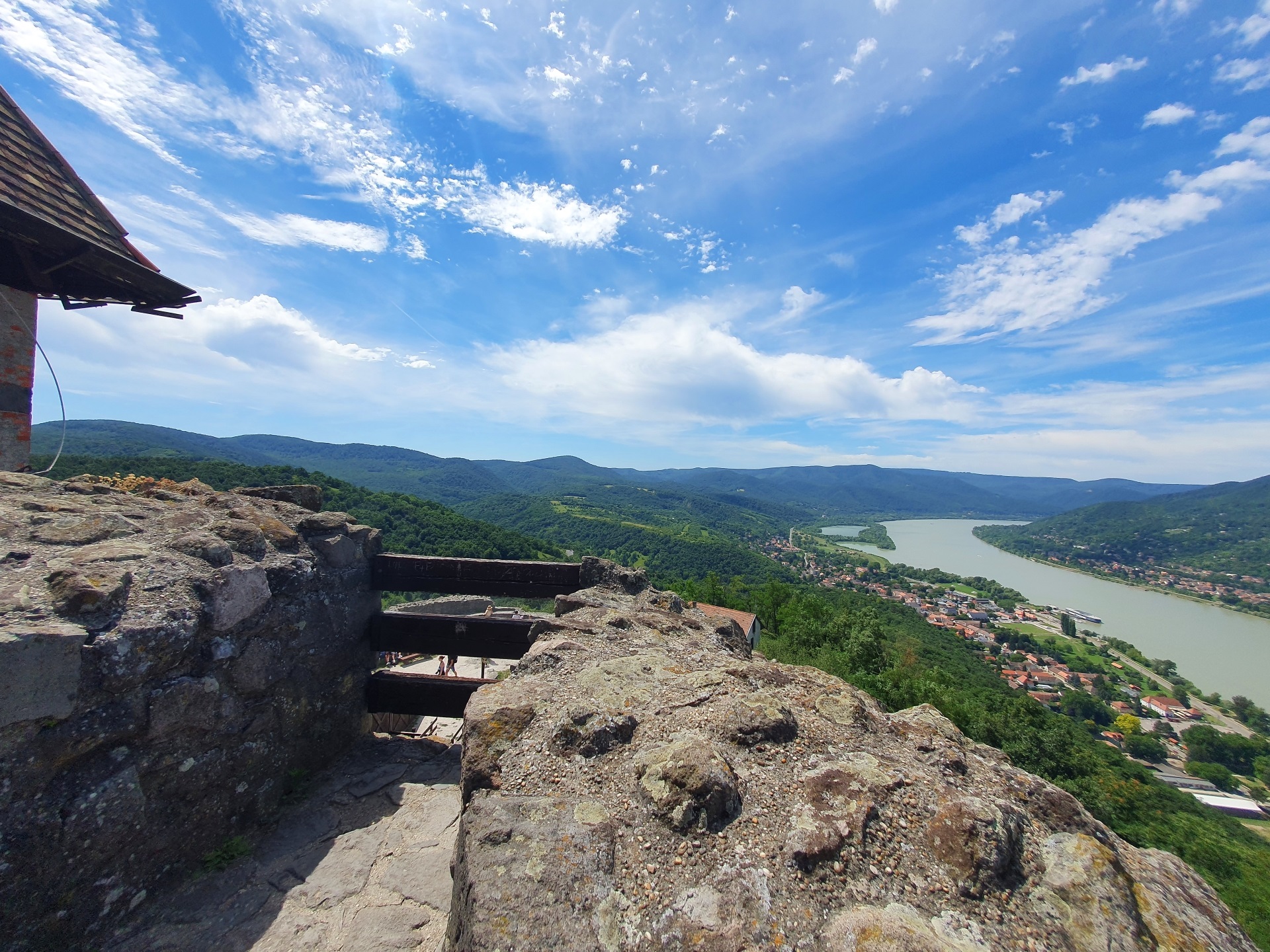
Large walls.
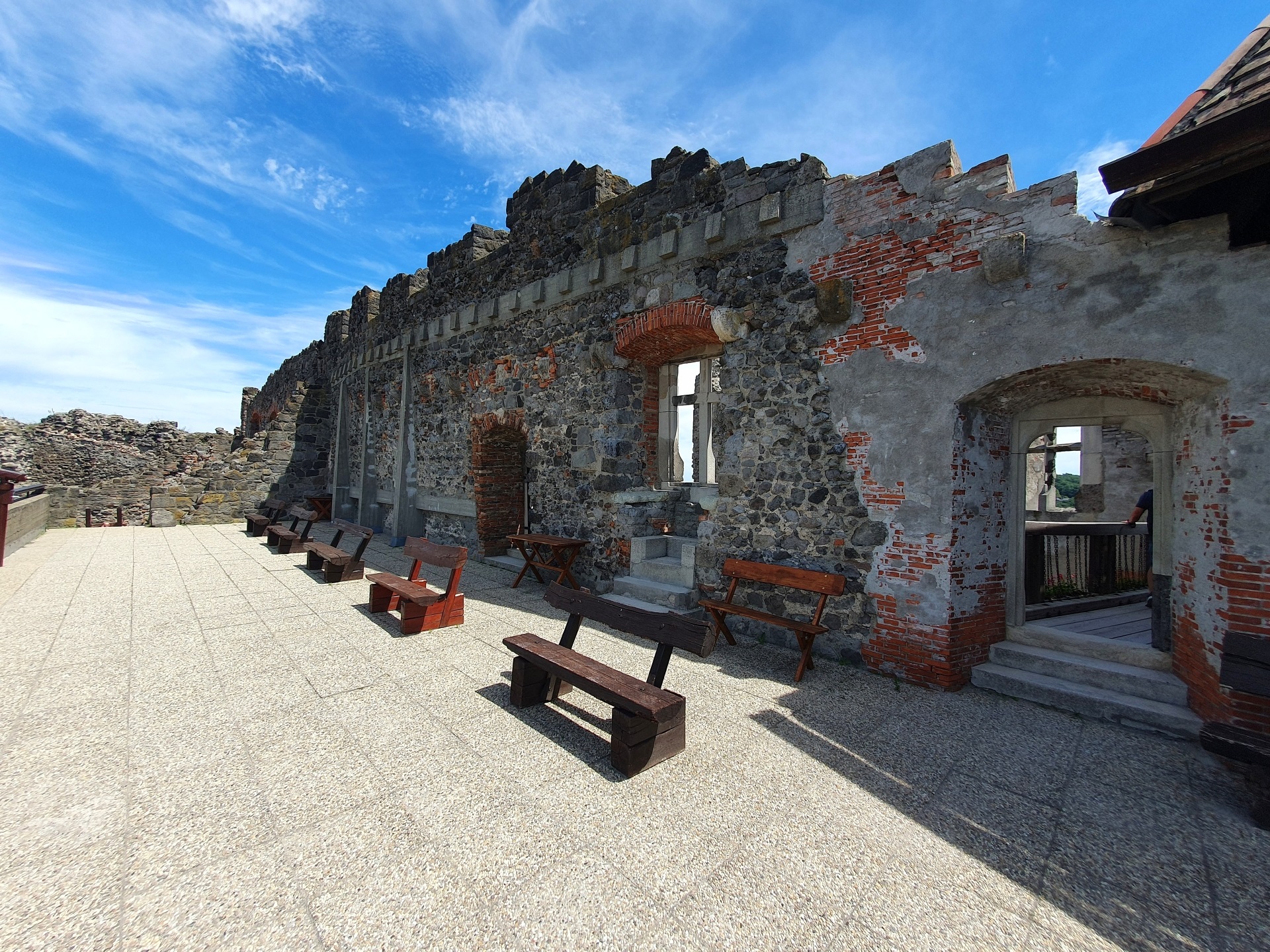
Sightseeing facilities.
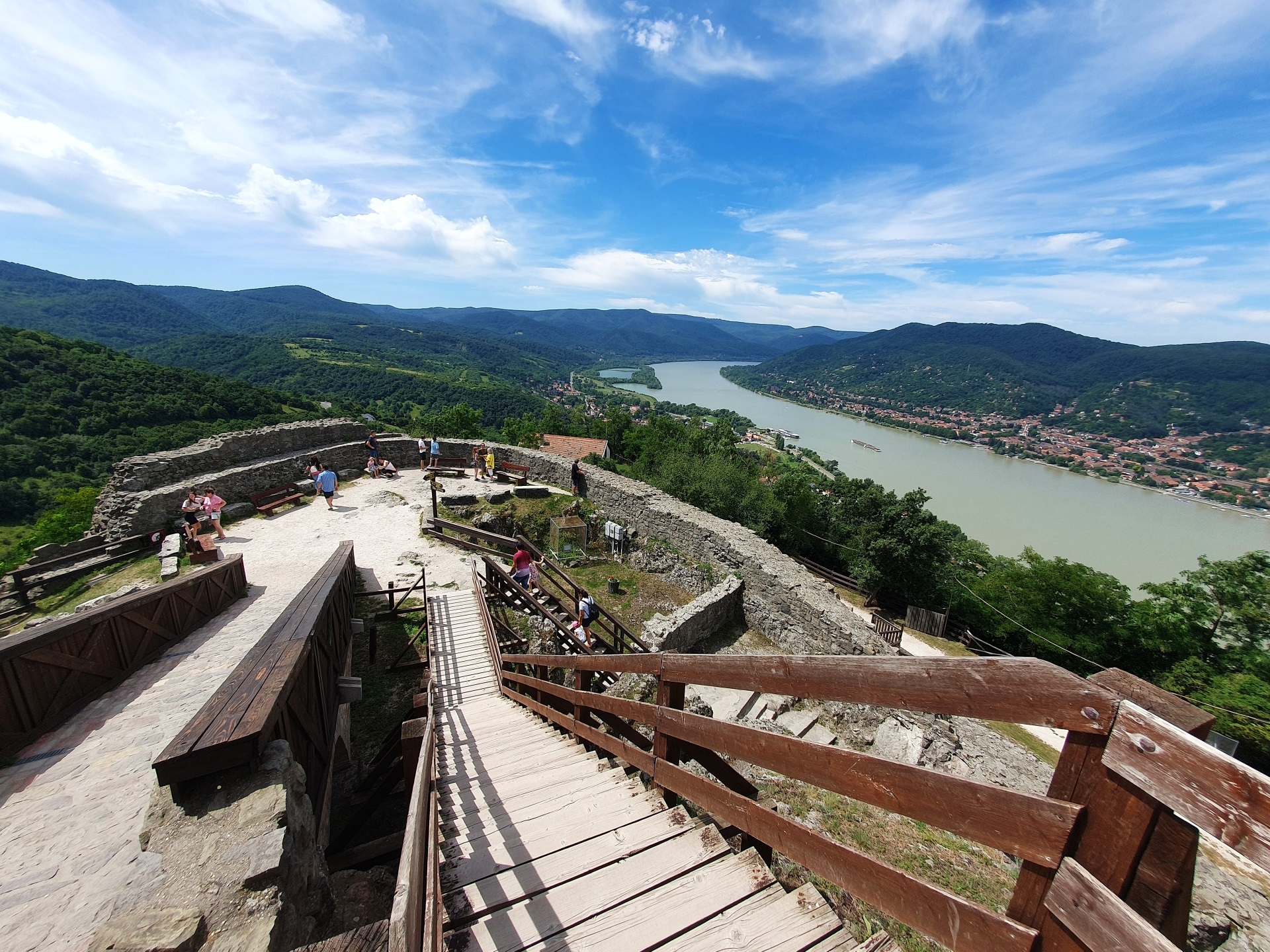
Up one level.
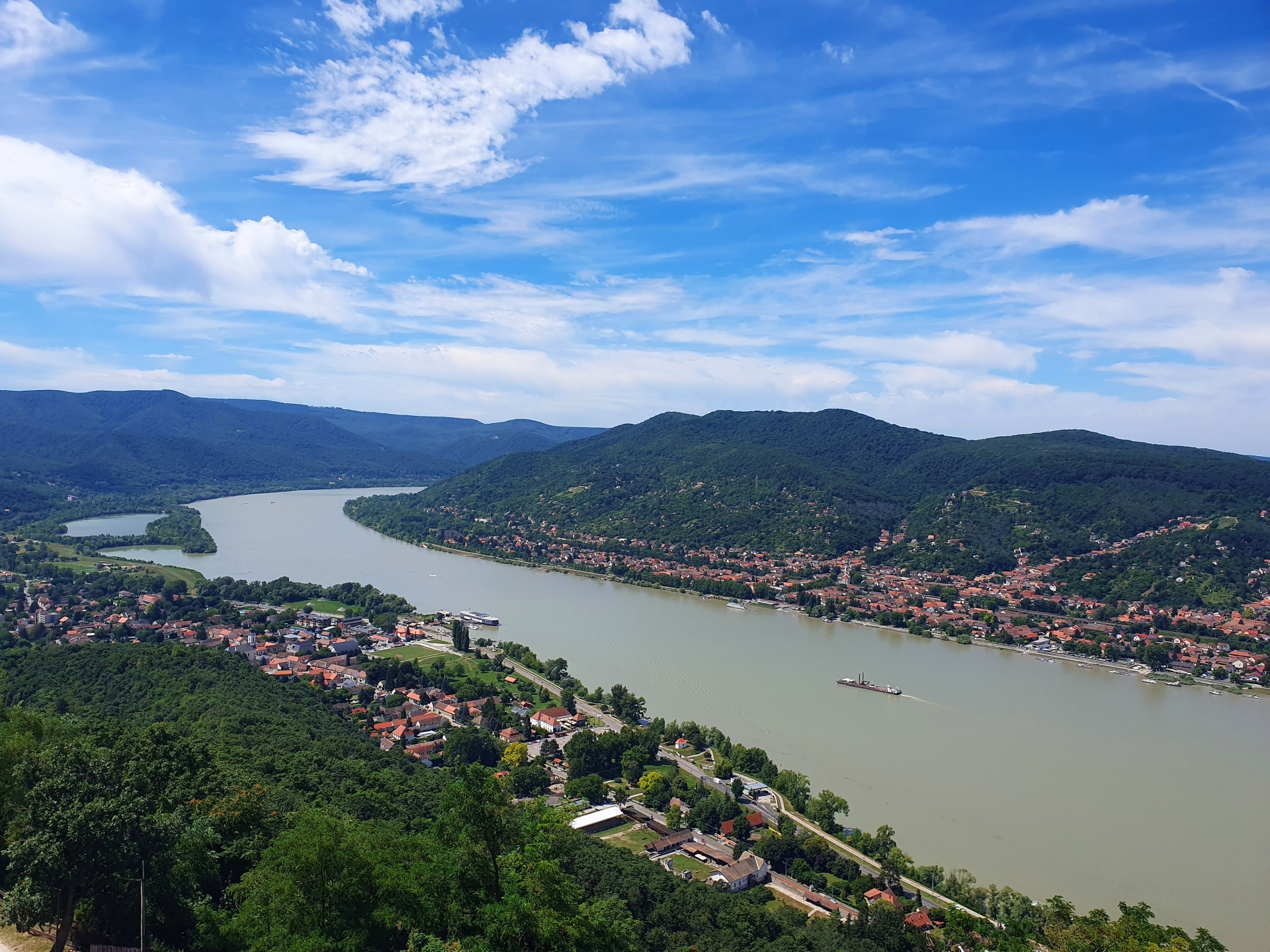
The mighty Danube and its Dunakanyar.
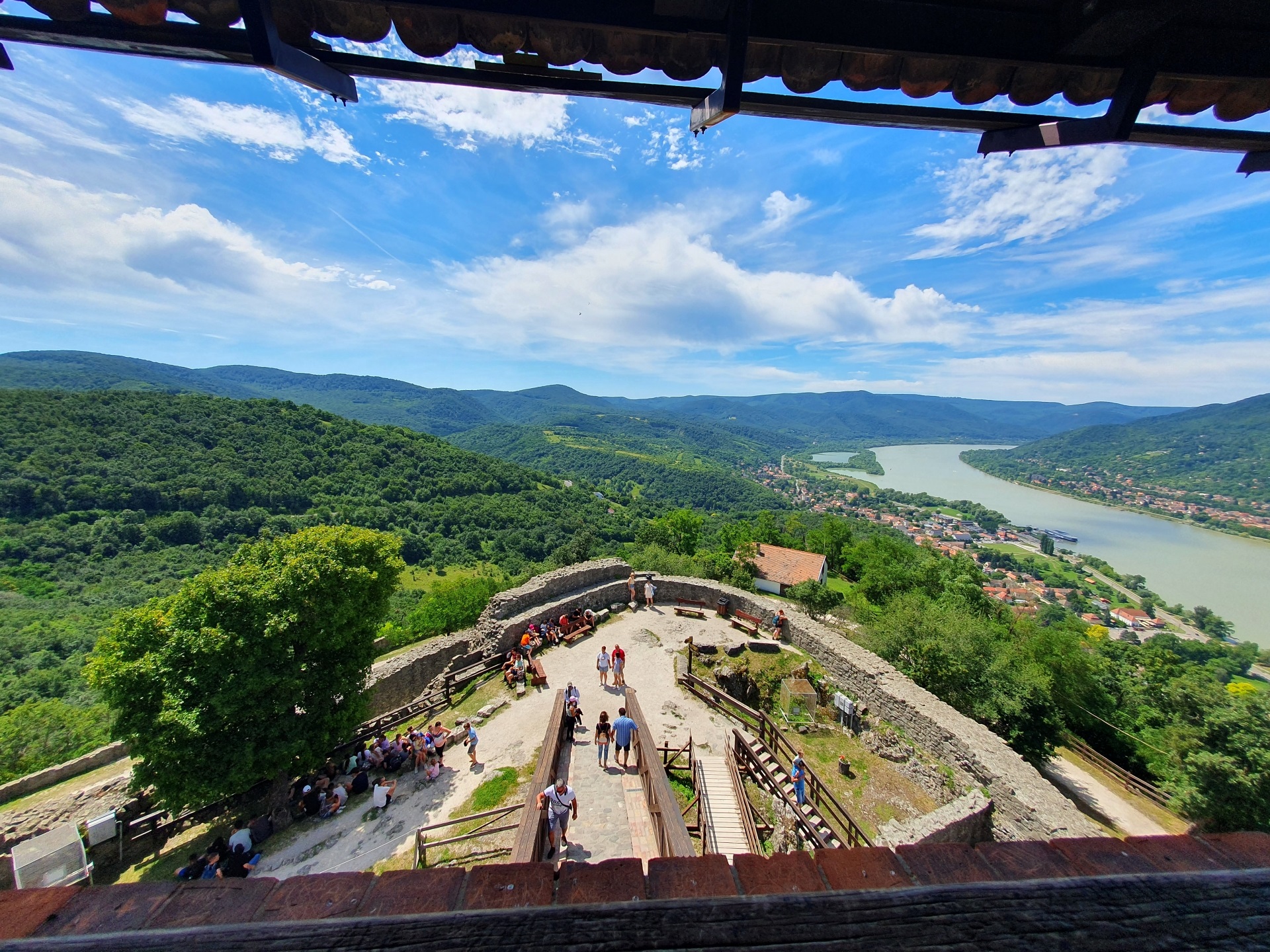
An atypical view.
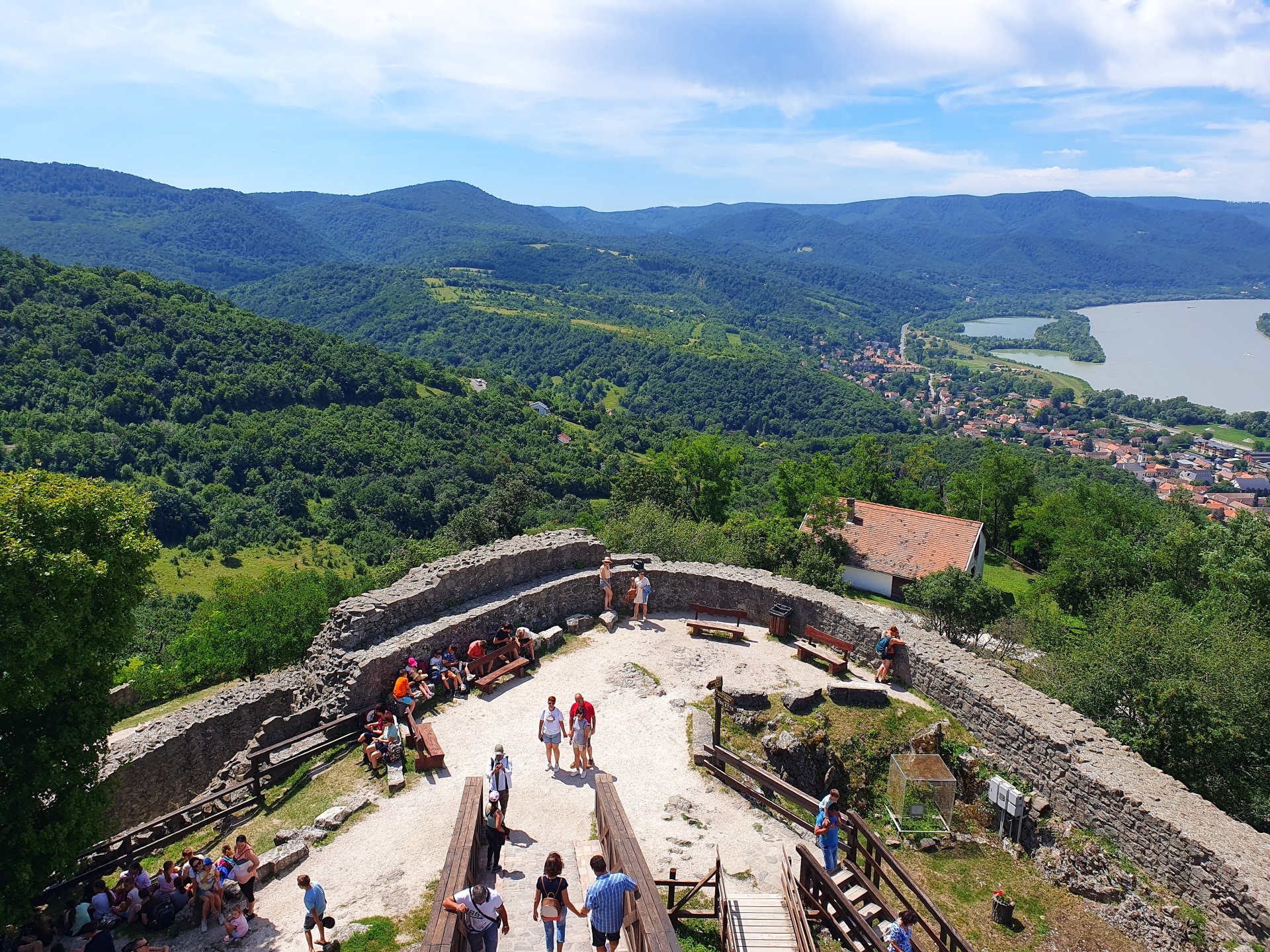
The view from the highest point.

Visegrád


